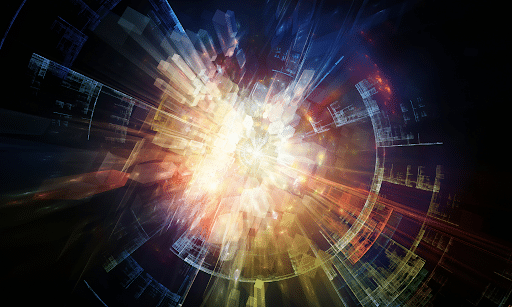Who controls a blockchain network? If it is sufficiently decentralized, the answer is “no one.” But while philosophically correct, this response is disingenuous. The nodes may be distributed, users scattered, and validators dispersed across different continents, but blockchain networks are still overseen by entities with the power to effect change.
From token-holders to validators and miners to DAO members, there are many participants within a blockchain ecosystem. And most of the time, these entities act for the collective good, whether they’re publishing blocks or verifying blockchain transactions.
But sometimes, a particular entity can act against the network’s interests. Be it due to malfeasance or incompetence, the actions of major blockchain stakeholders can negatively impact everyone. How do you keep these entities in check without introducing centralization? The solution lies in Guardians.
Guardians of the Blockchain Galaxy
Popularized by Proof of Stake network Orbs, Guardians are watchers tasked with monitoring the chain to ensure that everything is operating correctly. Specifically, they are designed to review the performance of validators, to make sure they’re correctly following the protocol rules. Why does this matter? Because any validator that unilaterally rejects these, such as by refusing to publish certain transactions, needs to be ejected.
There must be a way to not only check that validators are acting ethically, but to resolve the problem in the event of one breaching the protocol rules. Validators themselves are also watching the blockchain, of course, with each validator client running a full node that includes a record of every single transaction since genesis.
Guardians, therefore, can be regarded as solving that age-old Roman question: Quis custodiet ipsos custodes? Who watches the watchers?
Maintaining Control Without Being Controlling
The idea behind network Guardians is easy to grasp. But it also raises a question: who are these Guardians and what gives them the right to police blockchain networks? In the case of Orbs, its Guardians are formed of some of the network’s most active members, sourced from throughout the Orbs community. In addition to keeping a watchful eye on network activity, these Guardians provide an opportunity for the broader community to strengthen the network.
This is because while not everyone can operate as a Guardian, anyone can support their role by delegating their stake to them. The total value of this stake can play an important role in preventing network attacks, since an attacker seeking to gain control of the network would need to possess more stake than the current network Guardians and their community in order to be elected. This makes it virtually impossible for a bad actor to hijack the chain.
When Validators Go Wrong
Most of the time, blockchain validators work smoothly, verifying transactions, publishing blocks, and strengthening the network by ensuring its shared history is stored on as many distributed nodes as possible. But occasionally, validators can go wrong. This is often through failing to maintain sufficient uptime, but on rare occasions it can be due to deliberately malicious behavior.
In such scenarios, Guardians have the ability to vote out misbehaving validators and vote in new ones. As a result, they play a vital role in keeping things fresh and ensuring that everyone is pulling in the same direction. They’re less police, then, and more cheerleaders for the network, especially since Guardians are also encouraged to host Orbs meetups and community events, and to lead discussions on ways in which the protocol can be improved.
When a blockchain network is protected by Guardians, validators are held to a higher standard and community members are more involved. As a result, the network can operate more efficiently and reliably while maintaining the most important characteristic of all: decentralization.














